Source: solarpaces.org
Major changes for Chile’s next auction include incentives for energy storage and non-variable renewables like CSP, a splitting of the auction into three geographic zones (north, central, south), an increase in contract length to 20 years, and the possibility of transferring systemic costs of the short-term market.
Chile’s energy regulator CNE published draft bidding rules for its first regulated electricity supply auction of 2023.
The proposed rules are among the most anticipated by the industry in recent years, given the process of change the electricity sector is in and the fact only a portion of supply offered was awarded in the last auction, held last year.
Officials plan to auction 5,400GWh/y, split into two supply blocks of 1,800GWh/y (due to come online in 2027) and 3,600GWh/y (2028), respectively.
Last year CNE, via 15-year contracts, awarded 777GWh/y of new supply from 2027, at an average price of US$37.4MWh/y. Officials had sought to secure 5,250GWh/y. Rising costs of wind and solar capacity and of financing, along with risk stemming from grid congestion – impacting prices offered – were cited among key reasons for the result.
Zonal blocks are also split into three time blocks: A (00:00-07:59 and 23:00-23:59), B (08:00-17:59) and C (18:00-22:59).
The draft rules are in line with the government’s recently published initial agenda for the second phase of its energy transition plan.
An objective of the bidding rule changes is helping build a portfolio of renewables projects that can inject during non-solar hours, in turn reducing associated risk. Rapid growth of renewables plants without storage systems has outpaced grid expansion, in turn, straining dispatch capacity during solar hours and sparking price decoupling and curtailment, hammering the finances of some renewables-only generators in the country’s north.
Energy minister Diego Pardow said the proposed auction rule changes constitute progress in terms of energy transition agenda implementation.
“Each of the three innovations incorporated here respond specifically to the three pillars of the agenda,” Pardow said. “On the one hand, the division into three geographical areas makes it possible to address the reduction of risks for operators, since it allows generating companies that only have assets in one geographical area of the country to make offers for that area, thus preventing them from having to internalize the risks of decoupling in the future.”
Pardow added that shifting lateral payments over to the consumer side would prevent generators “from having to internalize the above and, therefore, allow progress toward greater flexibility in the operation of the system.”
Financial incentives will be offered for storage and non-variable renewables projects corresponding to blocks A or C.
Distributors can submit comments on the proposed framework before the supply contracts are put out to tender. The auction is penciled in to be launched on July 14. Bids are due provisionally December 12.

